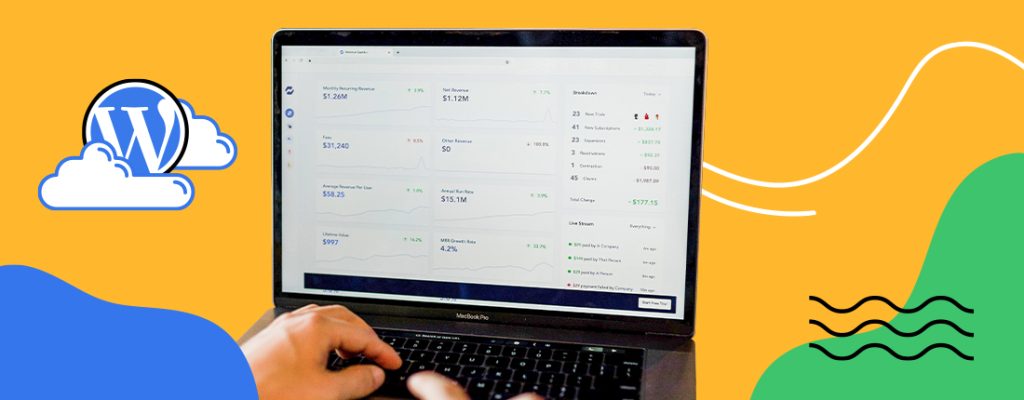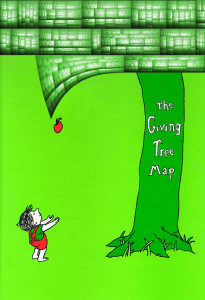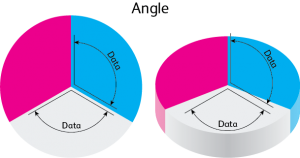Soaring to the top of the Google SERPs and staying there is about more than creating amazing content, being a formatting whiz, and knowing your way around social media marketing.
To maintain your progress, you also need a solid working understanding of technical SEO.
While classic SEO focuses on keywords, content marketing, and other well-known aspects of on-page SEO, technical SEO is about improving your site on a practical level to boost user experience.
It’s about making sure it’s fast, efficient, easy to navigate, and functional in every way, as Google expects a site to be these things before it will rank it well.
Understanding technical SEO best practices and diligently putting them into play is an effective way to achieve and maintain top SERP rankings. But it’s crucial to know what potential technical SEO issues you should be looking for, as well as how to fix them.
Here are some examples.
- 1. Poor Mobile Accessibility
- 2. Duplicate Content
- 3. No HTTPS Security
- 4. Slow Load Speeds
- 5. Absent Alt Tags
- 6. Broken Links
- 7. Incorrect Robots.txt File
- 8. Missing or Ineffective Meta Descriptions
- 9. Questionable Link Practices
1. Poor Mobile Accessibility
The days when people did most of their web surfing and shopping via standard desktop systems are over.
Of course, people still use desktops and laptops, but nearly 53 percent of internet users now access the web via mobile instead.
In other words, mobile users now constitute the majority of your visitors, and this will only become more the case in the future.
So if your website isn’t mobile accessible, it’s a virtual guarantee that you’re losing visitors and sales, especially in light of Google’s mobile-first approach to indexing.
Test your site to ensure it loads well on a wide variety of screens. Check Google Search Console often for usability errors, as well, and fix them before they have a chance to affect your rankings.
2. Duplicate Content
Duplicate content is a bigger problem for more different websites than you might think — especially in cases where the website owners rely on automated systems to manage their content.
Sometimes it’s a matter of the same items or content being presented on multiple pages. Other times, it may be a URL issue or content that was unintentionally double-posted.
The reason duplicate content is an SEO issue is that search engine crawl bots have a limited amount of time to devote to assessing your site. Duplicate content can confuse them and prevent them from properly indexing relevant content.
You can address these issues by adding a duplicate content check to your regularly scheduled website audits.
Try a tool like Siteliner from Copyscape to make the process of zeroing in on problem pages easier and faster. And avoid the temptation to deliberately copy and paste information like product descriptions across multiple pages.
3. No HTTPS Security
Remember, Google’s mission is to provide its users with the best, most accurate search results.
It doesn’t recommend sites that deliver a poor or lacking user experience, and it won’t recommend a site that could pose a security risk.
That said, if your site doesn’t have HTTPS security protocol in place, Google will see it as a potential danger to its visitors.
Visitors will be put off by the “not secure” message they’ll receive should they visit your page anyway, as well, and wind up left with a poor impression of your business.
Neither of these things will do your SERP rankings any favors.
In the event your site isn’t in step with this protocol, you can fix it by purchasing a valid SSL certificate. Once that’s been done, your site URL will display that familiar image of a padlock right in front where it belongs.
4. Slow Load Speeds
Think back to the last time you tried to visit a promising website only to find that it loaded at a snail’s pace.
Chances are you weren’t willing to just sit there and wait patiently for as long as it took.
In fact, if that page took more than a couple of seconds to load, you likely got frustrated and eventually clicked away.
If your site has load time problems of its own, then your visitors feel the same way. And you can rest assured that Google does, too, as slow speeds are among the most common and frustrating technical SEO issues. (According to Google, an ideal load time is under a second and should not exceed 3-4 seconds.)
Stay on top of your load speeds by using a reliable tool like Google PageSpeed Insights to check both desktop and mobile setups.
Keep load speeds fast by minifying JavaScript, optimizing images and graphics, and keeping your web design as clean and simple as possible.
5. Absent Alt Tags
Missing alt tags are another of the most common technical SEO issues, as even professional optimization strategists often fail to properly tag their images.
Keep in mind that search engines (as well as users with accessibility limitations) count on alt tags to tell them what an image is all about.
That said, leaving them out represents a huge missed SEO opportunity.
Alt tags make it possible for crawl bots to index and catalog your images, as well as for visually impaired visitors to understand the image using reader software. Leaving it out can definitely hurt your rankings.
Fix this issue by methodically going through all the images on your website and adding keyword-rich, descriptive alt tags to those that don’t yet have any. (Check for broken images at the same time.)
Then take care to use alt tags each and every time you upload new images in the future.
6. Broken Links
Broken links are technical SEO issues that understandably interrupt a user’s otherwise positive experience on a website.
Not only does it take away from their enjoyment of the content they’re reading, but it leaves that user with a poor impression of the brand behind that site.
And yes, Google notices these issues, as well, and may penalize your content accordingly.
The thing is time goes by, content ages, and problems like broken links can occur, so it’s important to stay on top of things.
Perform regular internal link analyses to help locate pages with links that need correcting.
And monitor your catalog of external backlinks, as well, so that you can reach out to website owners with updated information when broken links are found.
7. Incorrect Robots.txt File
If your robots.txt file is misconfigured or otherwise incorrect, Google crawl bots may not be able to access or index your site properly.
That means organic traffic that either absolutely tanks or isn’t existent at all, so this is definitely one of those technical SEO issues you can’t afford to ignore.
If you don’t have specific sections of your site you want to exclude from the indexing process altogether, you likely don’t have a use for a custom robots.txt file in the first place. But if you do use one, it’s crucial to make sure you’re doing so correctly.
Assess whether there’s a problem by entering “/robots.txt” after your URL.
If you see a “disallow” command, then you’ve got a potential issue and should speak with your web developer.
Sometimes there’s a reason why it’s there, but other times it means it’s time for a line-by-line review to look for additional technical SEO issues.
8. Missing or Ineffective Meta Descriptions
Solid title tags and meta descriptions aren’t just a good idea when it comes to SEO.
When these items aren’t present, Google doesn’t have all the data it should have to display your pages properly in search results and return them to the right searchers. (Meta descriptions are the short descriptors shown alongside a website link on a SERP.)
Maximize your content’s SEO potential by always including a well-written meta description.
Google typically truncates meta descriptions at around 160 characters, so for best results, keep them at or under that length. Be sure to include relevant keywords in natural ways, as well.
9. Questionable Link Practices
Link building is one of the pillars of a good SEO strategy, but approaching it the wrong way can open the door to problematic technical SEO issues.
For example, you’ll stumble across a lot of link-building advice online that recommends strategies like link exchanges — strategies that can result in a high number of backlinks but quality that’s questionable at best.
It’s important to understand that not all backlinks are equal to one another.
You want earned organic links from reputable authority sources, but toxic backlinks from low-quality sites or sites that aren’t related to your niche are to be avoided at all costs.
Manage this issue by steering clear of automated link-building services, regardless of what they promise you.
Don’t buy or sell backlinks, either. Instead, work on encouraging organic link-building by creating next-level content people can’t help but want to share.
Audit your backlink catalog regularly for toxic links that may be hurting your SEO, and promptly have them removed or disavowed, as well.
You may also be interested in these articles:
- What Marketers Need to Understand About Web Development vs SEO
- Discover what Thin Content is & How to Fix it
- What are Hreflang Tags, and How Do You Use Them for Your SEO Strategy?
Knowledge is power when it comes to just about anything worth doing in life, and search engine optimization is no exception.
Now that you’re aware of some of the most common technical SEO issues, as well as how to address them, it’s time to take your current SEO strategy to a whole new level.
Remember the higher your Google rank, the better your traffic and the higher your conversion rates, so it pays to shoot for the stars.
Take our maturity assessment to help diagnose your current SEO strategy and identify the best growth opportunities!

![[WA] Ultimate Content Marketing Kit](https://rockcontent.com/wp-content/uploads/2022/08/Content-Marketing-Kit-750x200px.jpg)








